According to the New York Times, the Magnitude 7.9 earthquake and fire that destroyed San Francisco on April 18, 1906 was the first widely photographed disaster. Of all the photos documenting the devastation, perhaps none are as striking as George Lawrence’s famous kite aerial photograph, “San Francisco in Ruins,” taken 950-feet above San Francisco Bay.
1906 Photo
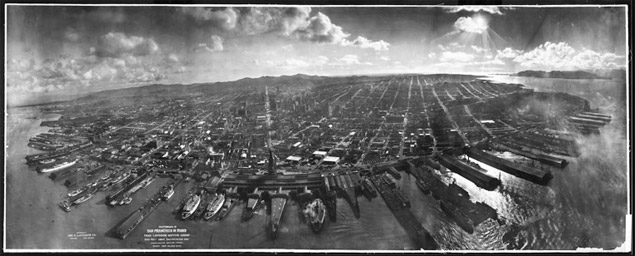
“San Francisco in Ruins,” by George Lawrence, documents the damage caused by the April 18, 1906 M 7.9 earthquake on the San Andreas fault. Photo from the Library of Congress. Ultra high-resolution, zoomable version of this photo from USGS.
A few weeks after the disaster, Chicago-based photographer George Lawrence saw an opportunity to capture a unique image of the sprawling ruins using his “captive airship,” a hand-built, 49-pound panoramic camera suspended from a series of Conyne kites. The result was a negative measuring 22 x 55 inches, capable of being enlarged to wall-sized prints with astonishing detail. Lawrence’s foresight earned him a small fortune of $15,000 (more than $300,000 today) selling copies of his achievement.
To honor George Lawrence’s feat, and to commemorate the centennial of the 1906 earthquake, Kite Aerial Photographer Scott Haefner and the Drachen Foundation re-shot Lawrence’s panorama using contemporary kite aerial photography techniques in April 2006. The resulting photo, a remarkable achievement in its own right, led the viewer’s eye west down Market Street, just like George Lawrence’s stunning photograph did a century ago. Although it was not shot as close to the city or as high as Lawrence’s photo, it captured the essence of modern day San Francisco, documenting how it has grown and changed since 1906.
2006 Photo

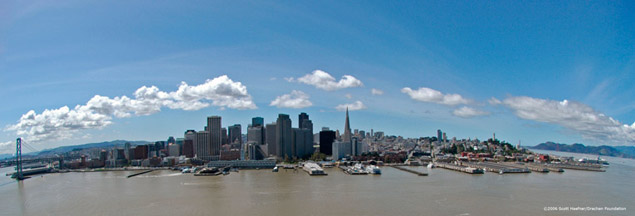
Modern day kite aerial photos (top: Hasselblad XPan II 35mm film; bottom: Nikon D70s 6-megapixel digital) of the San Francisco peninsula, from the Bay Bridge (left) to the Golden Gate and Marin Headlands.
Photo taken on April 17, 2006 by Scott Haefner, Drachen Foundation. Learn how we determined the shooting location.
Camera Rig
Brooks Leffler (pictured below in his Morris Minor) built a custom rig to lift our Hasselblad X Pan II Panoramic Camera, a 35mm film camera that shoots photos approximately 2x the width of conventional 35mm cameras. Although the tilt angle had to be set before launching the camera, the rig allowed me to pan the camera and trip the shutter from the bow of the boat we flew from in the Bay. The rig and camera weighed approximately 3 pounds.
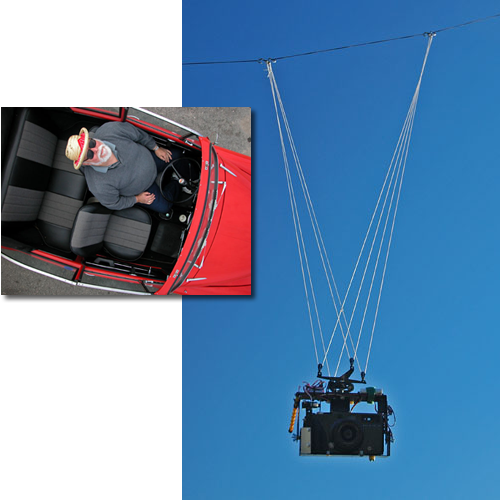
See Also

Disaster Panorama—This Invention & Technology Magazine article details George Lawrence’s accomplishment and mentions our re-shoot.
Also, I wrote an article recounting our adventures shooting the San Francisco panorama in 2006. It was translated by Wolfgang Bieck and printed in Sport and Design Drachen magazine.
Another team of photographers and historians re-shot “San Francisco in Ruins” using a full size replica of George Lawrence’s 22″ x 55″ panoramic camera. Ron Klein, panoramic photographer, led the effort to build the model camera, completing it in less than two months. Because the camera is so large and heavy, they mounted it on a helicopter and positioned it as closely as possible to the original location of Lawrence’s 1906 panorama.
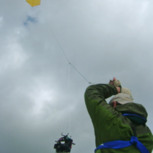
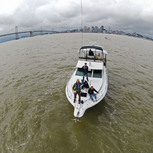

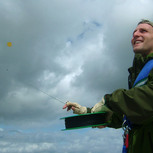
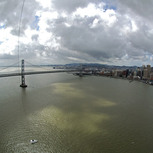

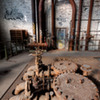
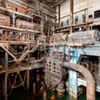
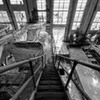
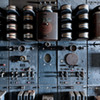
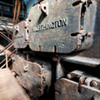
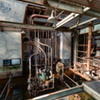
Scott -
Your work is amazing — truly awesome and inspiring, regardless of method used! Wow!
I am right now deciding upon Becotizing my flowform 16 and using it for KAP with a one pound rig between winds of 15 and 25 mph. I noticed you wrote on your site that you recently did this. May I ask if this met your expectations for better stability or what ever your purposes are?
Thanks for a very cool, enjoyable website.
Regards –
Phil
Sumter, SC
Hi Phil,
I did have my Flowforms “Becotized” by Mike Jones. I don’t really notice much of a difference, but I haven’t done any tests to verify that…it’s just based on casual observations of the performance before and after the modification.
Pingback: The Kite-Borne Camera That Captured Post-Quake San Francisco In 1906 | Gizmodo Australia
But it doesnt even look close!